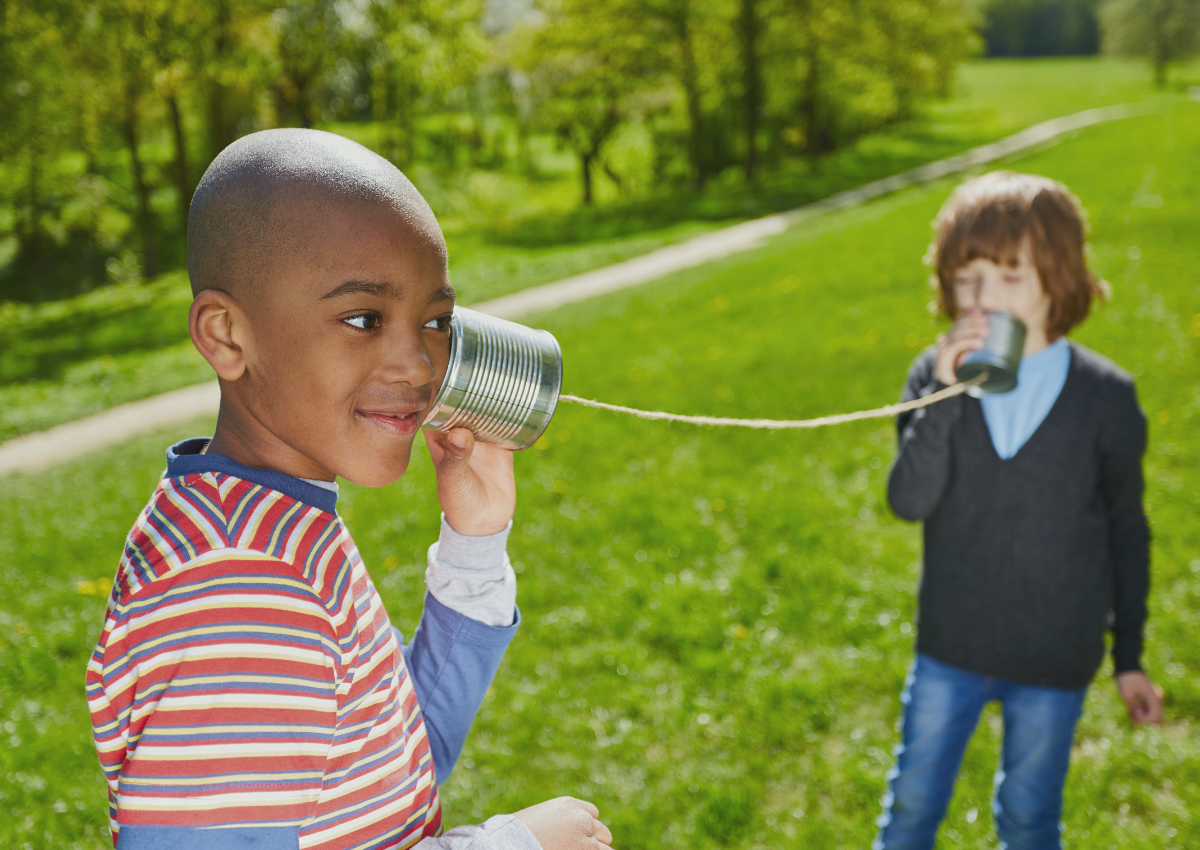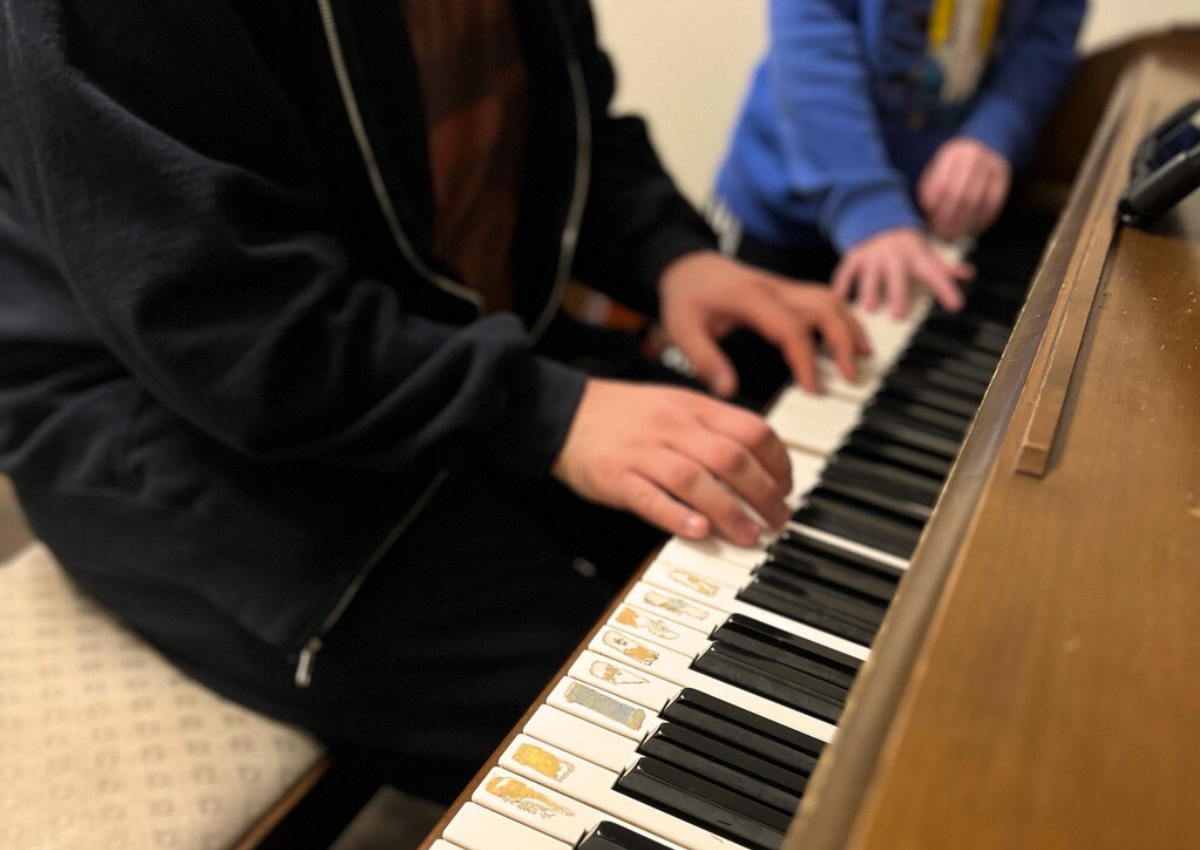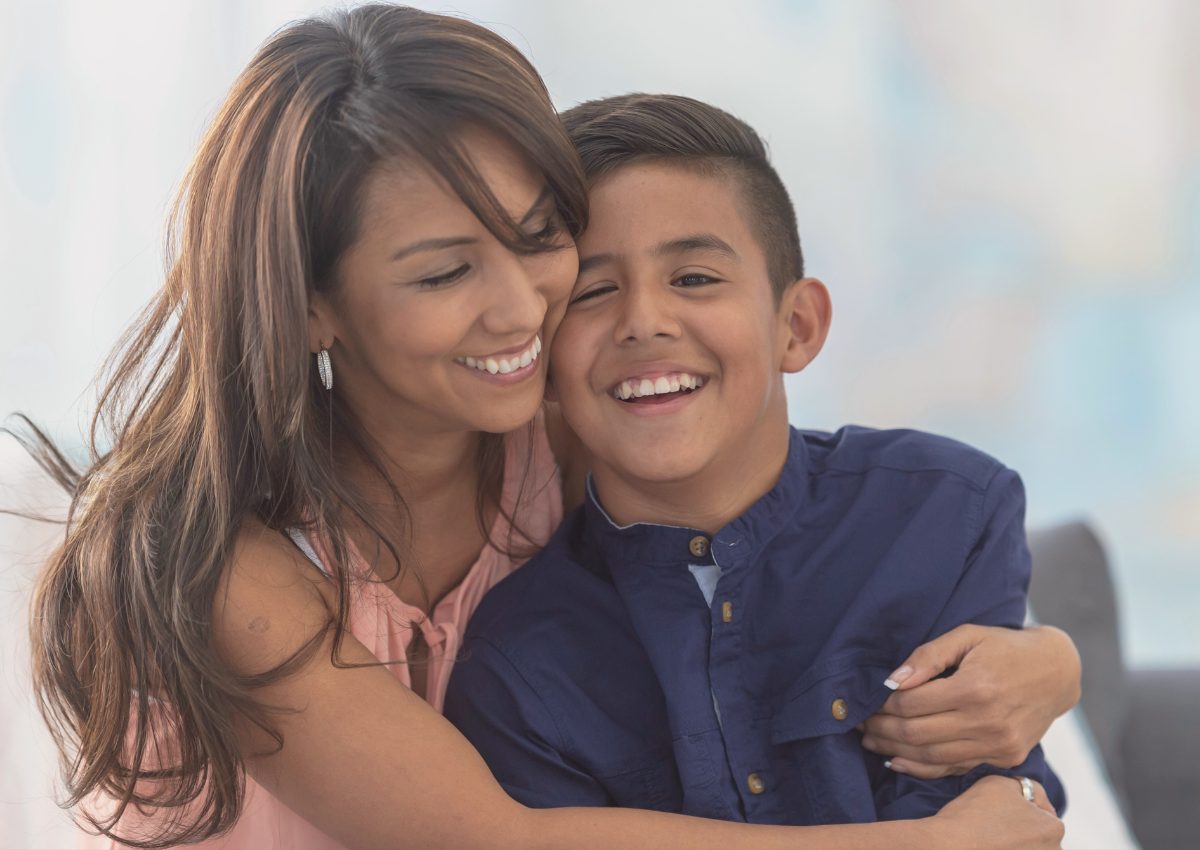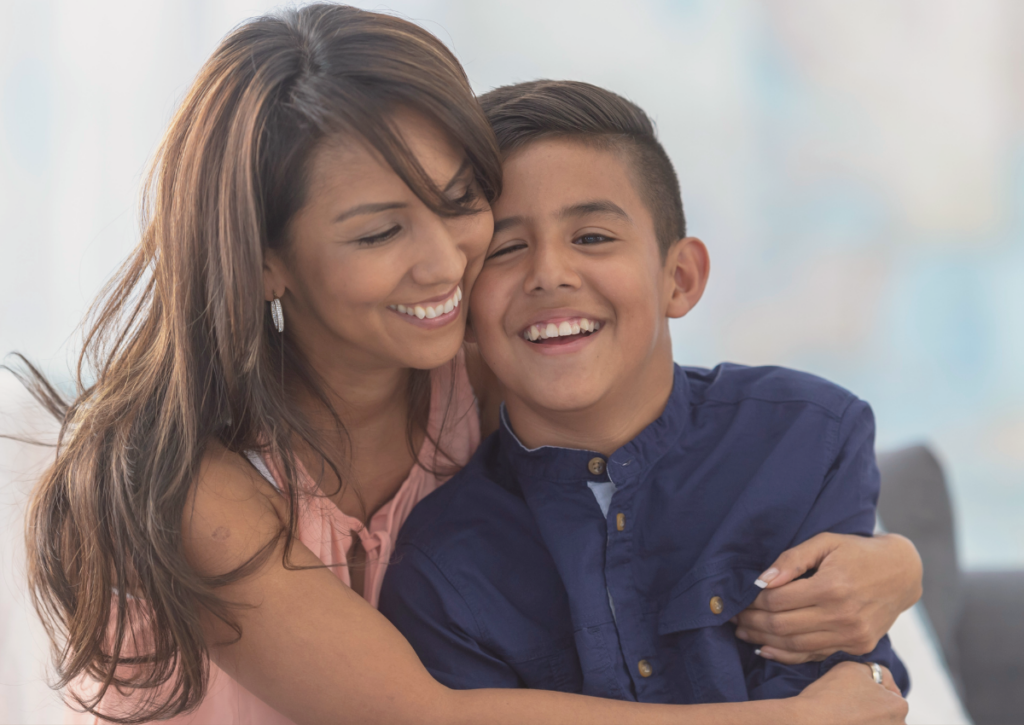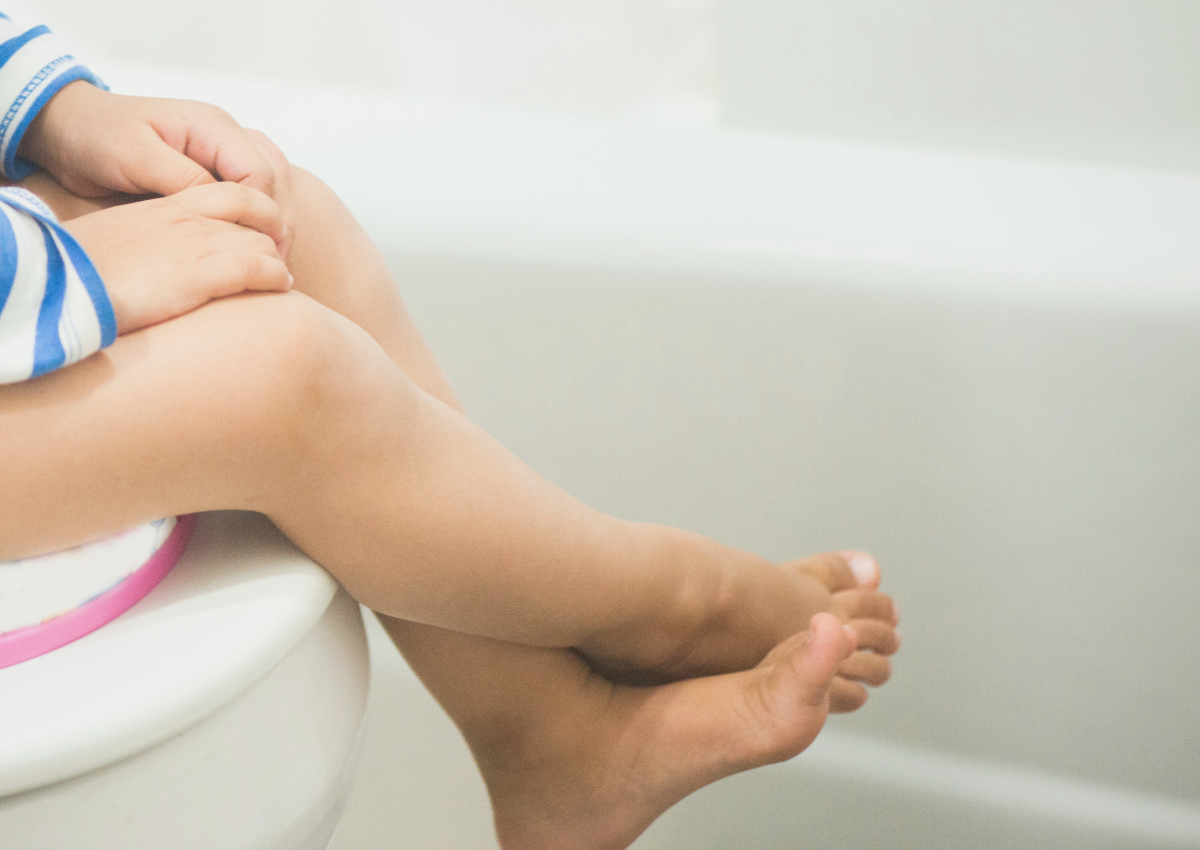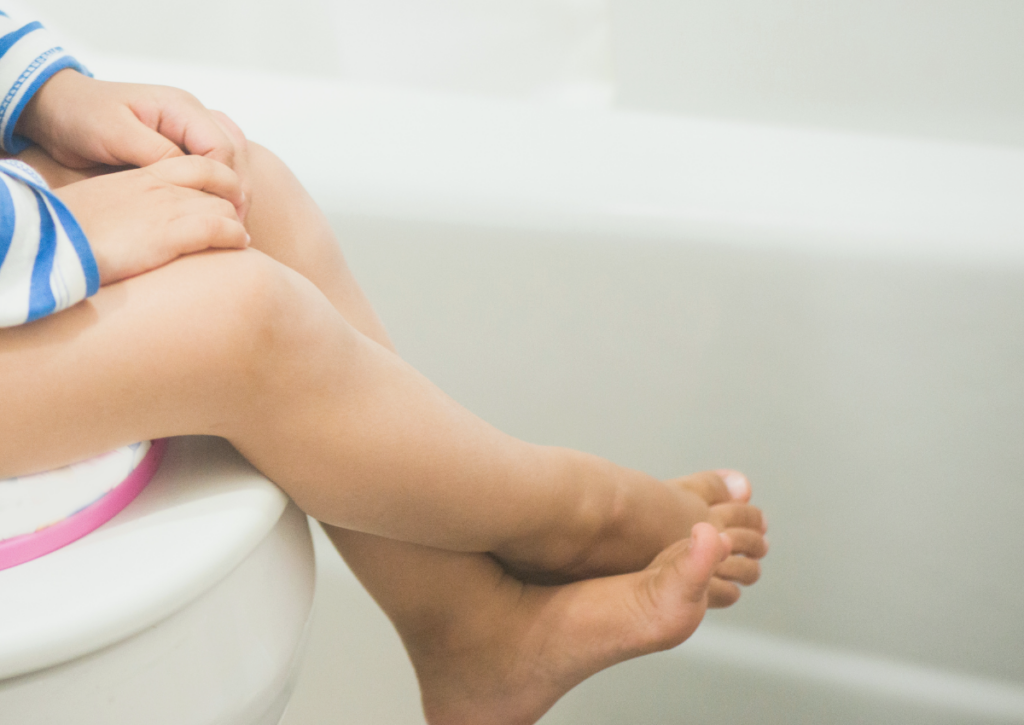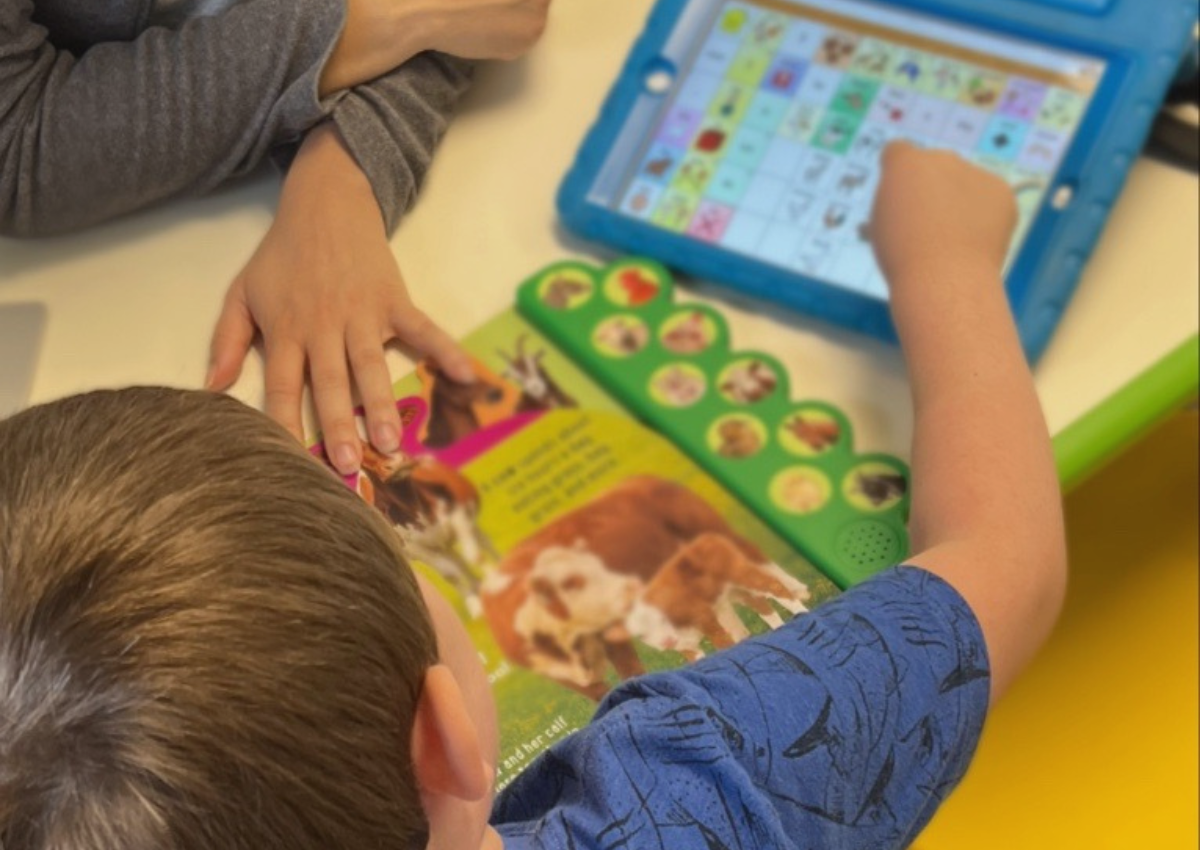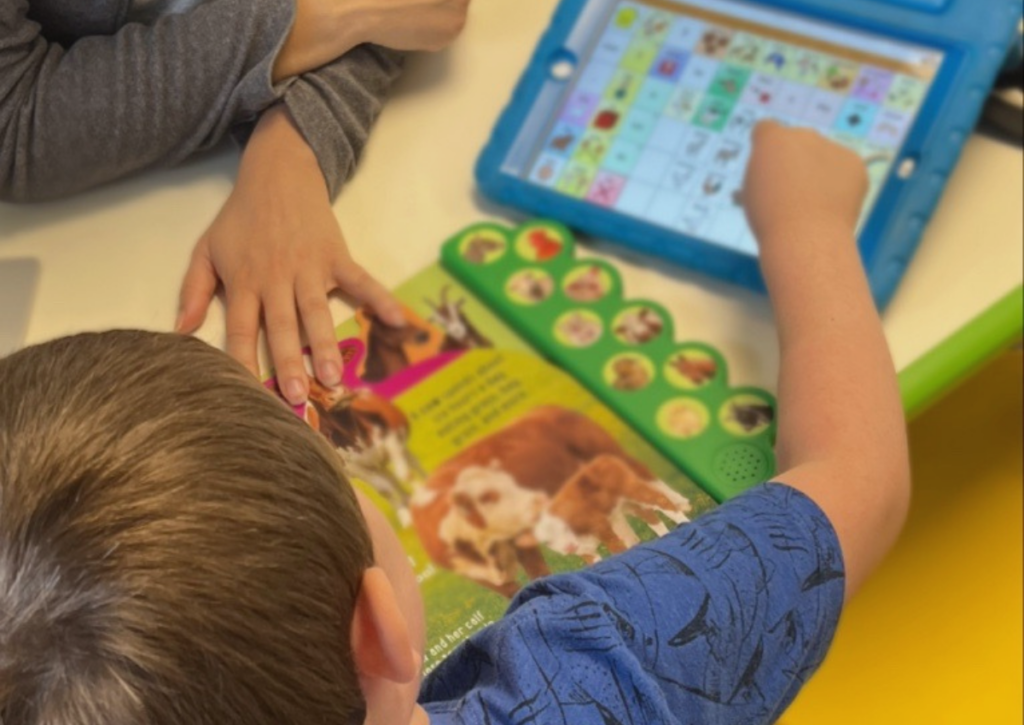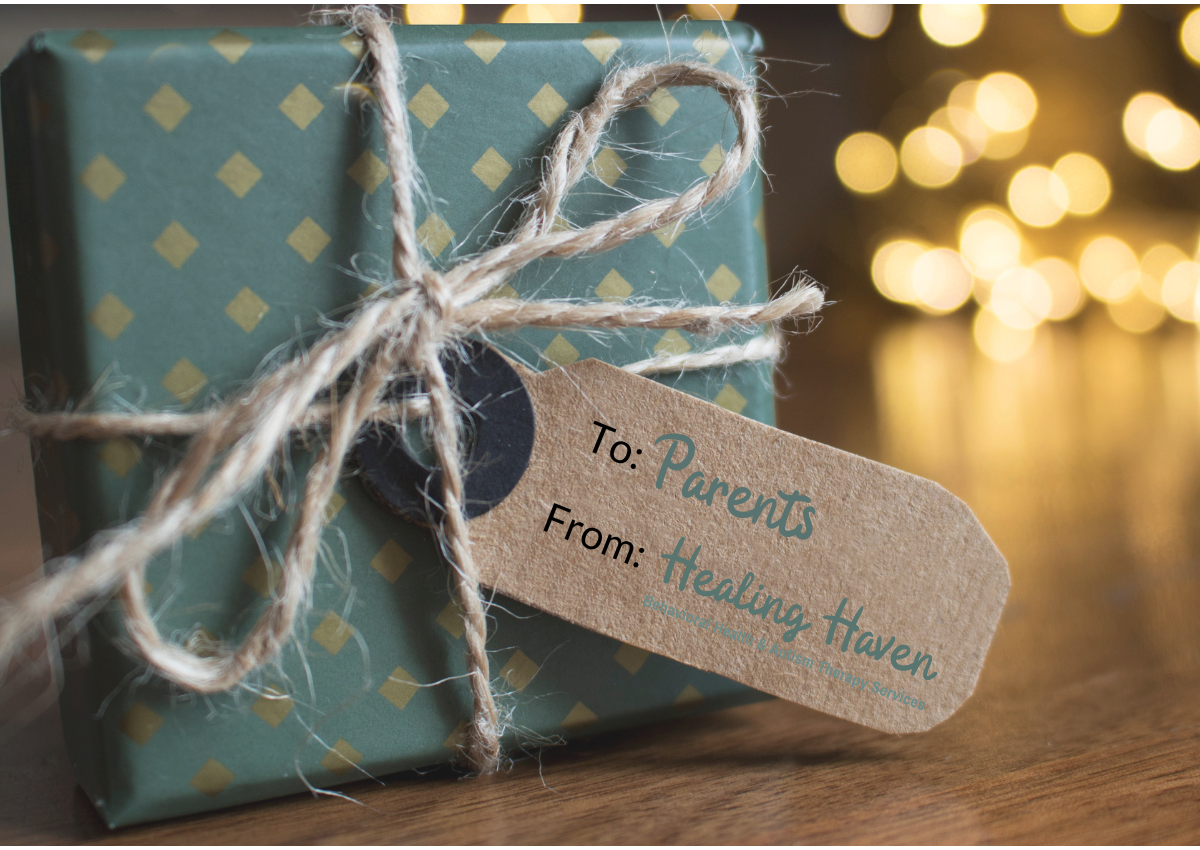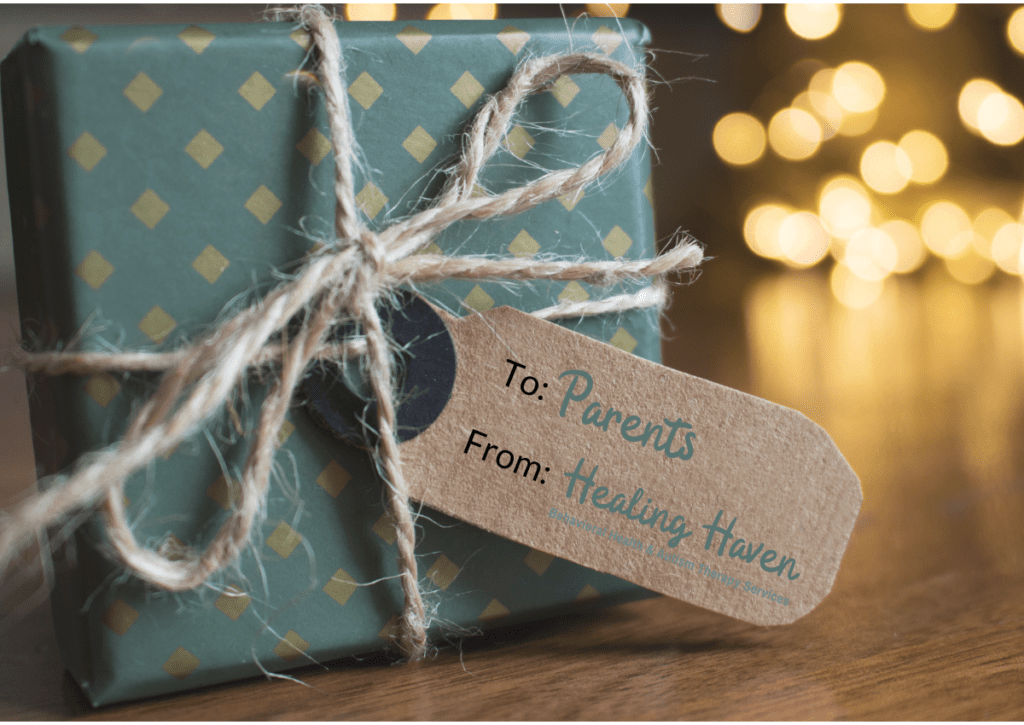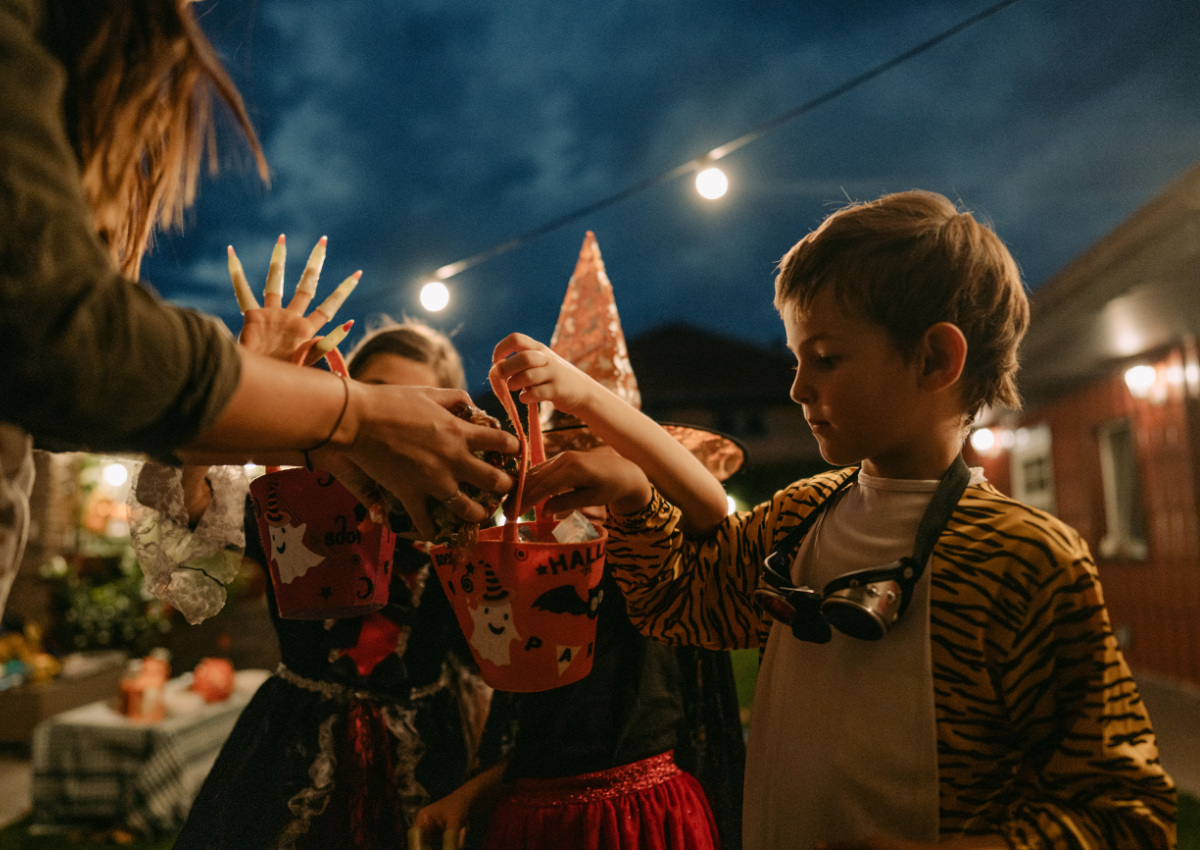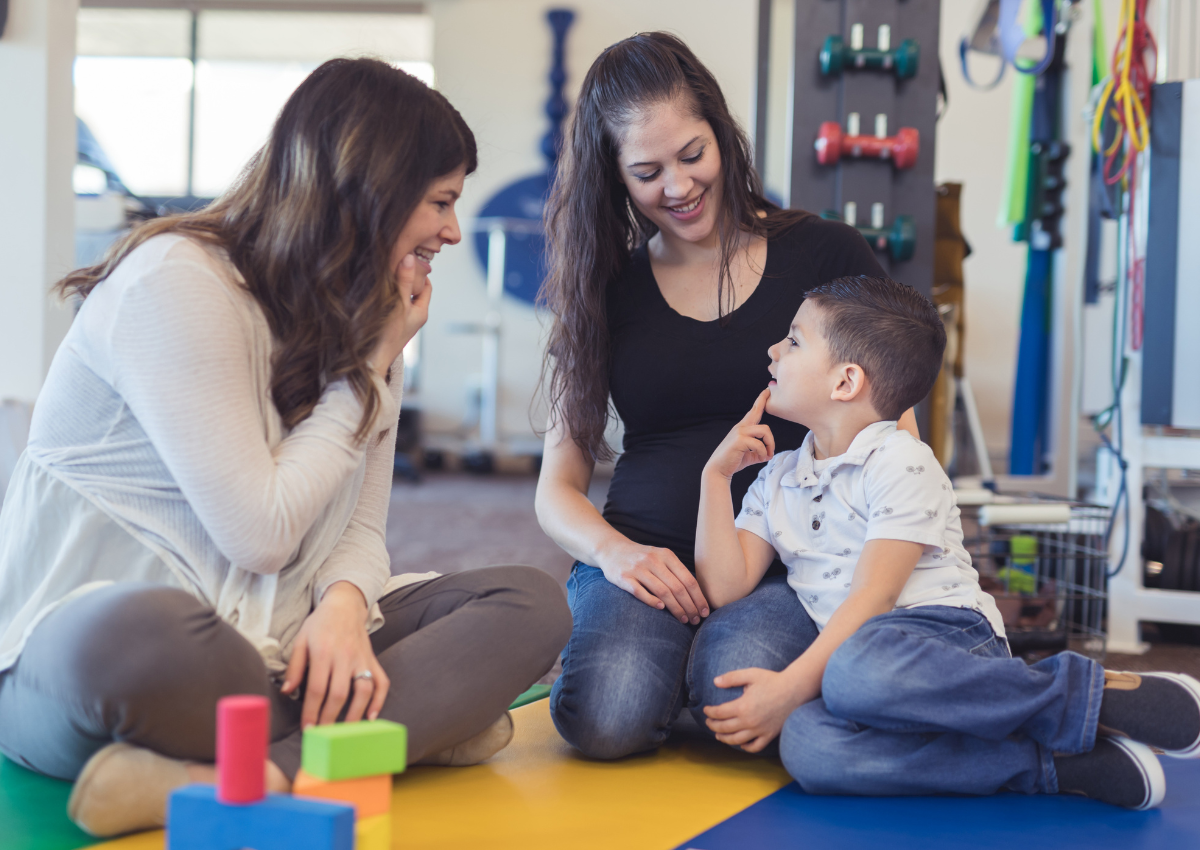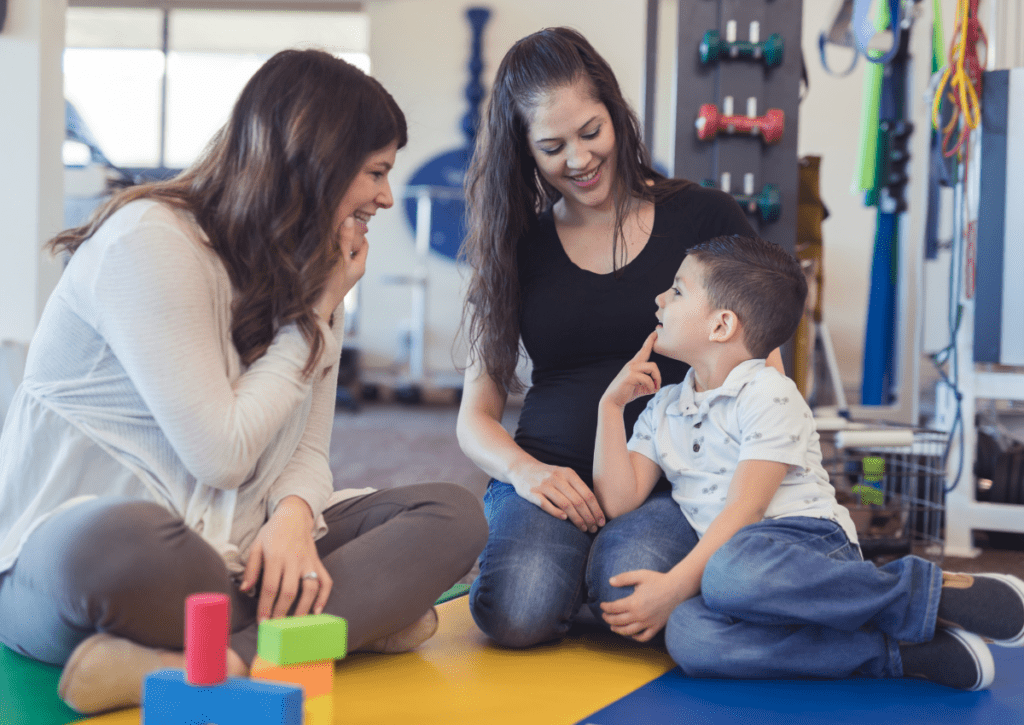*This post was written by a guest contributor, Grace McGillivary.
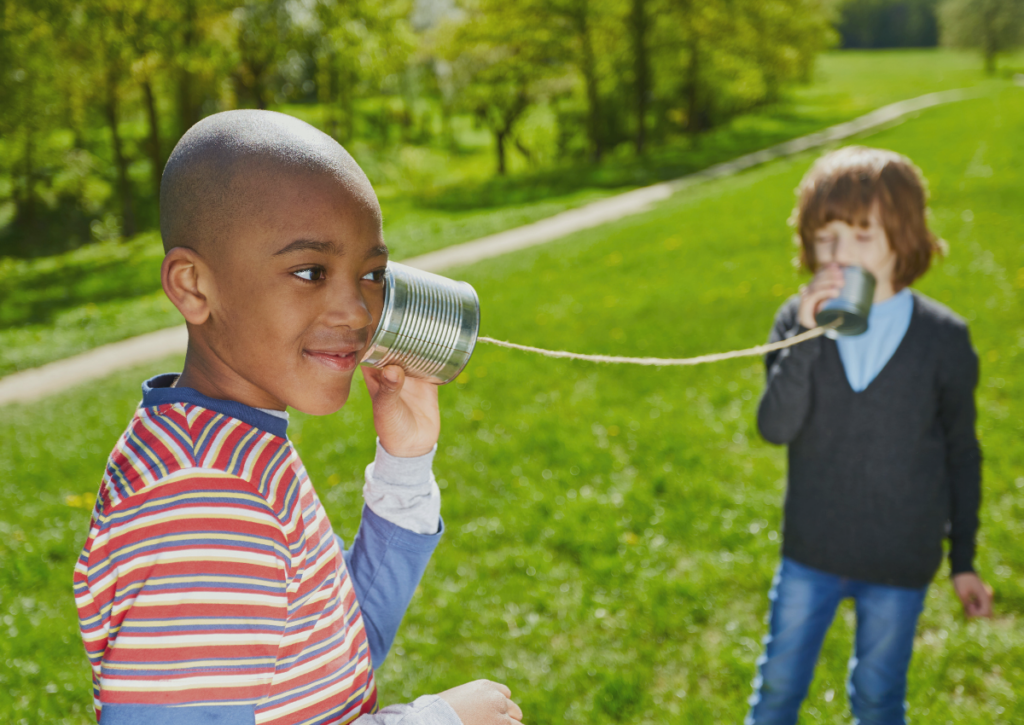
Befriending an autistic person is just like making friends with any average Joe. However, there are some things you want to keep in mind when hanging out with them. Check out these three helpful tips if you are unsure how to befriend a person with autism.
Actively Listen
It can be exciting and different to have an autistic friend with whom you share a similar interest, and maybe it is the reason why the two of you are friends. If your friend is fixated on said interest, you could talk with them for hours on end without them getting tired. Sometimes, they might be particularly passionate about a completely different subject, too. Regardless, take time to listen to your friend and to hear them out. Even if it does not mean much to you, actively listening could really make an impact and allow them to feel heard.
Be Flexible
When befriending someone with autism, it is important to remember that just like anyone else, sometimes they need space. If they say they need some time alone, let them have some. Keep in mind that, depending on the person, they might not be able to do some of the activities you can, so plan accordingly. Make sure it is something that your friend wants to do or will enjoy before going through with your plans.
Sometimes you will find that it is easier to follow your friends’ lead. If they want to go about doing things a certain way, let them. It will make it more interesting for both of you. Perhaps you’ll learn something new from them.
A personal example of this would be when one of my friends played Pokemon Shield with me for the first time. None of my other friends own that game, so it was a fun experience to let her show me the ropes.
Treat Them the Same
This is by far the most important of the three tips. A person with autism is no different from you, or anyone else you might know. They have their own interests and personality, too. The diagnosis does not define them, and you should not let it define how you act toward them. Treating them as you would other friends is the best way to make them feel included. But remember to keep the two earlier points in mind. By simply showing kindness you can be a great friend.
A Note to Parents
Additionally, if you’re a parent, it’s great to teach your kids how to befriend autistic kids. Perhaps your child has a classmate with autism. Helping your child learn about differences in others and teaching the value of friendliness is so important.
Now that you have some tips, you are better equipped to befriend an autistic person. Please remember to keep these ideas in mind when hanging out with them. You just might develop a wonderful new friendship!
Meet the Author
Grace McGillivary is a freshly graduated high school student who has been regularly writing as a hobby. She is relatively new to writing blogs, and occasionally partakes in other activities such as drawing, taking long walks, and playing piano. Art, music, and writing are her pastimes. She also has several friends with autism, as she has served as a peer model at Healing Haven since its inception.

